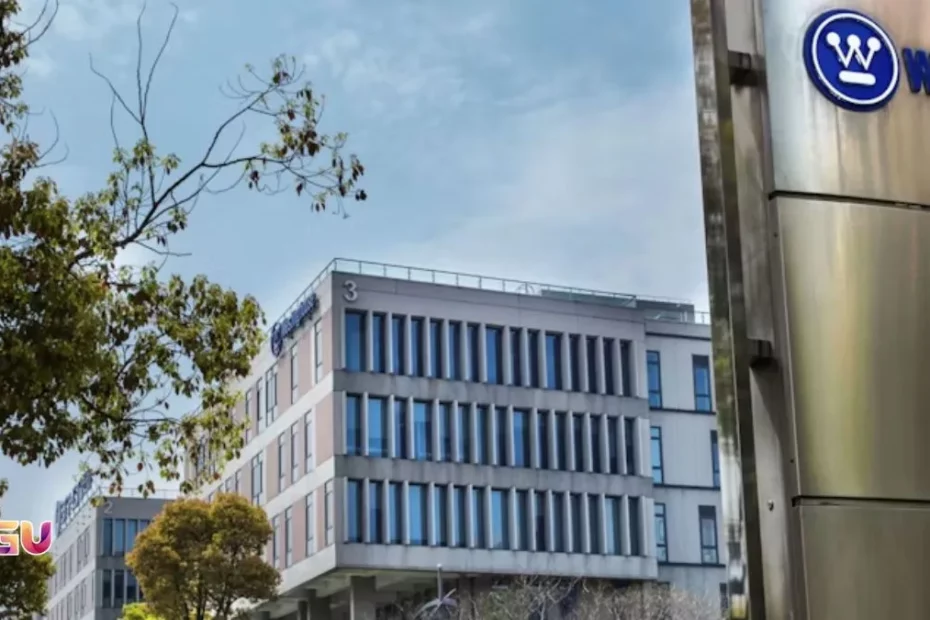Westinghouse Electric is moving swiftly to expand its nuclear footprint in the U.S. following new executive orders from President Donald Trump aimed at reviving America’s nuclear energy industry.
The Pennsylvania-based company confirmed it is in discussions with U.S. officials and industry partners to deploy 10 large-scale nuclear reactors across the country. The goal is to meet the Trump administration’s ambitious target to quadruple U.S. nuclear capacity by 2050.
The executive orders, signed on May 23, direct federal agencies to reduce red tape and fast-track reactor approvals, cutting a licensing process that often takes several years down to just 18 months. The initiative marks one of the most aggressive pushes for nuclear power in recent U.S. history.
Dan Sumner, interim CEO of Westinghouse, told the Financial Times the company is “uniquely positioned” to lead this charge. He cited Westinghouse’s approved AP1000 reactor design, an active domestic supply chain, and its recent success building reactors in Georgia as key advantages.
“We’re actively engaged with the administration, including the loan programs office, because financing is crucial to making this scale of deployment possible,” Sumner said.
Each AP1000 reactor has the capacity to produce around 1,000 megawatts of electricity, enough to power more than 500,000 homes. The total project could represent a $75 billion investment in U.S. nuclear infrastructure if all 10 reactors are approved and built.
Trump’s nuclear orders have already stirred major interest from utilities and energy developers. With billions in federal incentives expected, industry players are rushing to align their projects with the administration’s roadmap.
The policy shift has also sent nuclear energy stocks soaring in recent weeks, signaling investor optimism about a new construction boom.
If fully realized, the plan could mark a turning point for U.S. nuclear power—positioning it as a key pillar of the country’s energy and climate future.
